
Loan disbursement is a crucial phase in the borrowing process, where the lender releases the agreed-upon funds to the borrower. This stage marks the activation of the loan agreement and the beginning of the borrower’s responsibility to meet the repayment terms. Whether it’s a personal loan, a mortgage, or a student loan, understanding the disbursement process helps borrowers manage their finances more effectively. But what exactly happens during loan disbursement, and why is it important for borrowers to be well-informed about this process?
Key Takeaways
- Varied Processes: Loan disbursement procedures differ depending on the loan type, such as personal, educational, mortgage, auto, and business loans. Each type has its own specific procedures to ensure the proper use of funds.
- Structured Steps: The process typically involves several steps, including application and approval, signing the loan agreement, completing final checks, disbursing the funds, notifying the borrower, and commencing repayment.
- Common Challenges: Disbursement can be delayed due to issues with documentation, technical problems, third-party delays, or regulatory changes. Understanding these potential challenges can help borrowers better prepare and avoid delays.
What is a Loan Disbursement?
A loan disbursement is the process where a lender transfers money to a borrower as outlined in a loan agreement. Once a borrower secures a loan, the lender releases the funds, making the loan amount available for the borrower’s use.
The disbursement process can vary depending on the loan’s terms and the agreement between the lender and borrower. For example, the total loan amount might be provided in a lump sum at the beginning of the loan term, or it could be distributed in smaller instalments to help the borrower manage their finances more effectively.
While understanding how your loan is paid out is crucial, don’t overlook timing! Read Why borrow in April to see how this month’s financial climate could work in your favour.

The Loan Disbursement Process
The process of loan disbursement is crucial in the lifecycle of any loan, acting as the bridge between approval and the actual use of the funds by the borrower. While this process can vary by loan type and lender, it typically follows a structured pathway to ensure compliance and accuracy.
- Application and Approval
The first step in the disbursement process begins well before the funds are released. It starts when the borrower submits a loan application. Once the application is received, the lender reviews it according to their criteria, which may include credit checks, income verification, and an assessment of financial history. Approval follows, confirming that the borrower meets all conditions for the loan.
- Signing of Loan Agreement
After approval, the next step is signing the loan agreement. This document details the terms of the loan, including the loan amount, interest rate, repayment schedule, and other legal stipulations. Both parties must agree to these terms, and the signing formally commits them to these conditions.
- Final Checks and Clearances
Before disbursing the funds, additional checks or requirements might need to be fulfilled. For example, with a mortgage, this could involve property appraisals, title checks, and obtaining property insurance. For educational loans, it might involve verifying the borrower’s enrollment status with the educational institution.
- Disbursement of Funds
Once all conditions are met, the funds are disbursed. The method of disbursement can vary:
– Direct to Account: For personal and most business loans, funds are usually deposited directly into the borrower’s bank account.
– Third-party Payments: For auto loans and mortgages, the funds may be disbursed directly to the dealer or property seller, respectively.
– Scheduled Releases: For construction loans or large project financing, disbursements might be scheduled in phases based on the completion of certain milestones. - Notification of Disbursement
After the funds are released, the borrower is typically notified via email or a message from the lender. This notification includes details of the transaction, any revised terms, and the start date of the repayment period.
- Commencement of Repayment
The final phase of the loan disbursement process is the commencement of repayment. Depending on the loan agreement, there may be a grace period before the first payment is due. Understanding the repayment schedule is essential for maintaining good financial health and avoiding penalties.
Managing your loan effectively is key to financial stability. Learn how to reduce the total cost of your loan with strategic insights tailored for South African borrowers, helping you save money in the long run.
Types of Loans and Their Disbursement Processes
The process of loan disbursement can vary significantly depending on the type of loan being issued. Each category of loan has its own procedures that reflect the loan’s purpose, the amount involved, and the lender’s risk assessment.
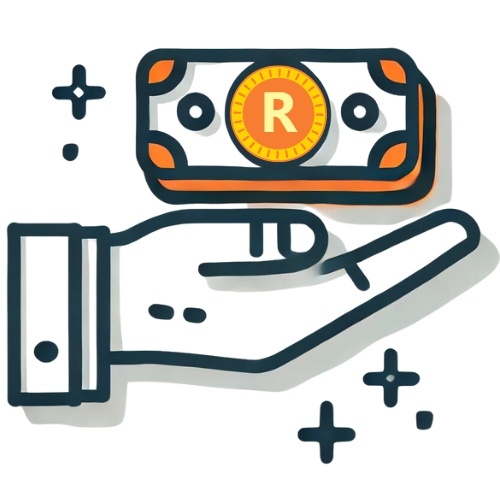
Personal Loans
Personal loans are typically unsecured and can be used for a range of purposes, from debt consolidation to home renovations. Disbursement for personal loans is generally straightforward: once the loan is approved and all necessary paperwork is signed, the funds are usually transferred directly to the borrower’s bank account. The timeline can range from a few hours to a few days, depending on the lender’s processing speed.
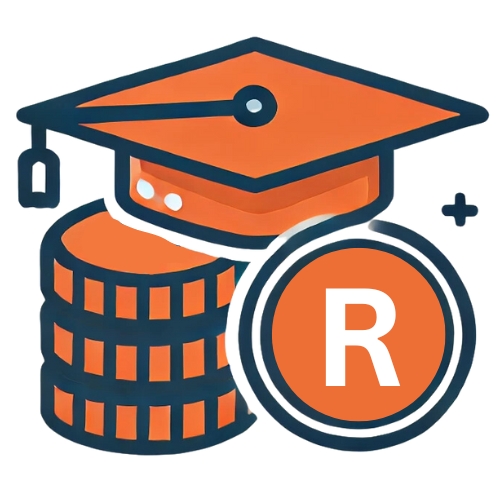
Educational Loans
Educational loans, or student loans, are designed to cover tuition and other educational expenses. These loans can be disbursed directly to the educational institution to cover tuition fees, and any excess amount is then given to the student for other expenses such as books, accommodation, and living costs. Disbursement schedules are often aligned with the academic calendar, with funds typically released in instalments each semester.
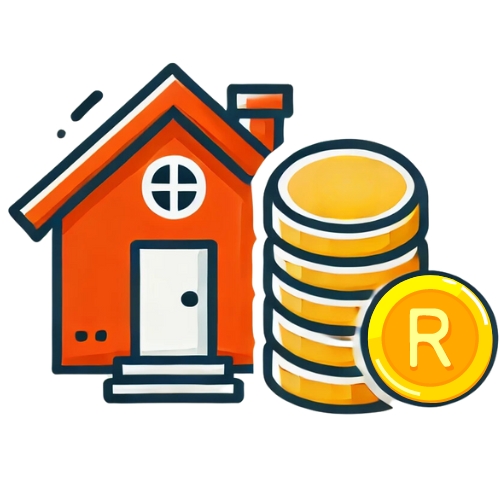
Mortgages
Mortgages are secured loans used to purchase property. The disbursement process for a mortgage is unique in that the funds are released not to the borrower but directly to the seller of the property during the closing of the sale. This ensures that the loan amount is used specifically for its intended purpose. Additionally, there may be staged disbursements for construction mortgages, where funds are released in phases as different construction milestones are completed.
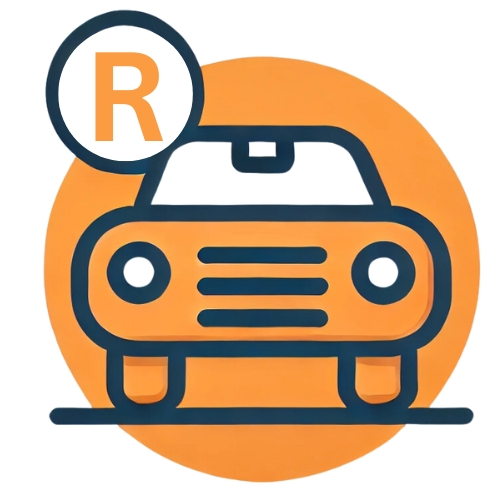
Auto Loans
Similar to mortgages, auto loans are secured by the asset being purchased — in this case, a vehicle. The disbursement of an auto loan typically involves the lender paying the car dealer directly. The borrower takes possession of the vehicle once the loan agreement is finalised and the dealer confirms receipt of the funds.

Business Loans
Business loans can have more complex disbursement processes, especially if they are intended for specific projects or start-up expenses. Funds might be disbursed in stages based on project milestones or business needs. For larger loans, this process may involve rigorous checks and documentation before each instalment is released.
Understanding what lenders evaluate during the loan approval process can significantly enhance your chances of getting approved. Our detailed overview of what lenders look for in approving a loan provides you with the necessary insights to prepare effectively.
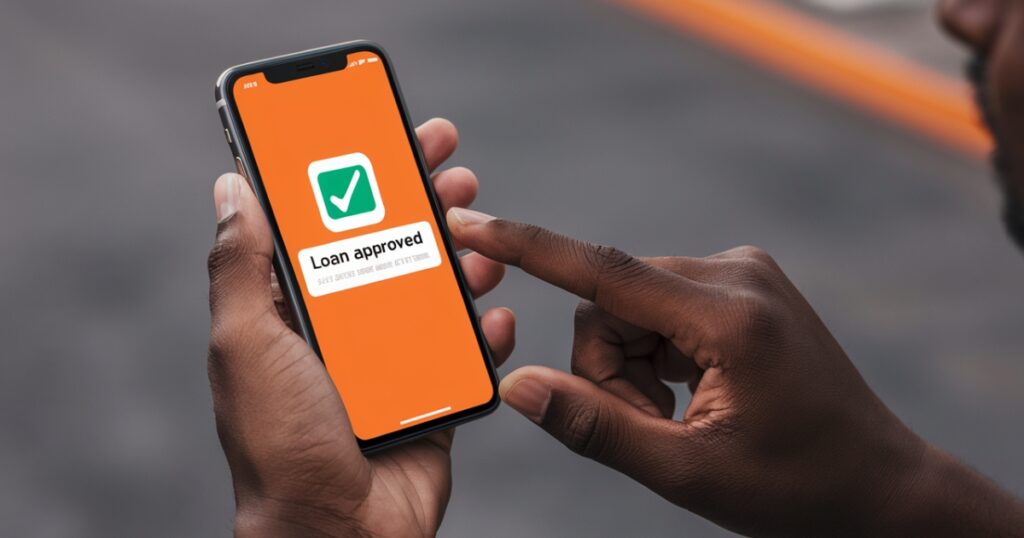
Common Challenges in Loan Disbursement
The loan disbursement process, while generally straightforward, can face several challenges that may delay or complicate the release of funds. These issues can be frustrating for both borrowers and lenders. Here are four common challenges encountered during loan disbursement:
- Documentation and Compliance Issues
One of the most frequent hurdles in the loan disbursement process is incomplete or incorrect documentation. Lenders require a comprehensive set of documents to comply with legal and regulatory standards, and any missing or inaccurate information can stall the process. For instance, discrepancies in income verification documents or issues with property titles in mortgage loans can lead to significant delays.
- Technical Delays
Technical issues can also impact loan disbursement. Problems with banking systems, errors in electronic fund transfer systems, or glitches in the lender’s processing software can delay the transfer of funds. These technical delays are often unexpected and can be challenging to resolve quickly, leading to frustration for borrowers waiting for their funds.
- Third-Party Delays
Loan disbursement often involves third parties such as legal advisors, property appraisers, or educational institutions. Delays can occur if these parties do not provide the necessary documentation or services on time. For example, if a university is late in confirming a student’s enrolment status, it can delay the disbursement of an educational loan.
- Regulatory Changes
Lenders must adhere to a constantly evolving framework of financial regulations, which can sometimes change with little notice. New regulations or changes in existing laws may require additional checks or modifications to the loan agreement, leading to delays in disbursement. Lenders need to quickly adapt to these changes to ensure compliance without affecting the customer experience.
Before receiving your loan disbursement, it’s important to be aware of your rights as a borrower. The National Credit Regulator offers resources and legal frameworks that protect consumers in credit agreements, ensuring you are well-informed and protected throughout your loan process.
How to Apply for a Loan with Arcadia Finance
Applying for a loan with Arcadia Finance is easy and straightforward. Begin your application by visiting our website, where our committed and knowledgeable team is ready to help with any questions you may encounter along the way. We will need a few essential details from you, such as your income and expenditure, the amount you wish to borrow, and your preferred repayment period. Once you submit your application, our team will quickly evaluate your information and get back to you with a decision in the shortest possible time.
Can a Loan Disbursement Be Cancelled?
A loan disbursement can be cancelled, but the specifics depend on the lender’s policies and the timing of the request. Understanding the conditions under which a disbursement can be cancelled, as well as the implications, is crucial for borrowers.
Before Disbursement
Cancelling a loan before the funds are disbursed is usually straightforward. If you decide not to proceed with the loan after approval but before disbursement, you can typically inform the lender of your decision. This usually involves signing a cancellation request or notifying the lender in writing. There may be no penalties or fees, but it’s important to review your lender’s specific terms and conditions.
After Disbursement
Cancelling a loan after the funds have been disbursed is more complex and less common. Once the funds are released and received by the borrower, the loan agreement is in effect, and the borrower is responsible for repayment. However, some lenders might offer a short grace period during which you can return the funds without incurring interest or penalties. This window is usually very brief, so quick action is needed if you decide to cancel after disbursement.
Reasons for Cancellation
Several reasons might lead a borrower to consider cancelling a loan disbursement, including changes in financial circumstances, finding a better loan offer, or realising that the loan is no longer necessary. Lenders might also cancel a disbursement if the borrower fails to meet certain conditions or if discrepancies are found in the application.
Implications of Cancellation
Cancelling a loan disbursement can impact the borrower’s credit score, especially if the cancellation occurs after disbursement. Additionally, if any part of the loan has been used, returning the funds might not be an option, and the borrower may still be liable for interest accrued during the time the funds were held. It’s crucial to communicate with the lender and fully understand the potential consequences.
If you are considering cancelling a loan disbursement, follow these steps:
- Review the Loan Agreement: Familiarise yourself with the terms and conditions related to cancellation. Ensure you understand any potential penalties or fees.
- Contact the Lender: Notify the lender of your intention to cancel as soon as possible. Ask for detailed guidance on the cancellation process and any required actions.
- Return the Funds: If the loan has already been disbursed, return the funds promptly to avoid incurring additional charges or interest. Make sure you follow the lender’s instructions for returning the money.
- Document Everything: Keep thorough records of all communications and transactions related to the cancellation. This includes copies of any correspondence and proof of the returned funds.
Conclusion
The loan disbursement process is a crucial step that converts a loan agreement into accessible funds, affecting the borrower’s financial planning and responsibilities. Understanding the steps involved helps borrowers navigate the disbursement phase smoothly, ensuring timely access to funds and adherence to repayment schedules. This knowledge enables borrowers to make informed decisions and manage their loans effectively.
Frequently Asked Questions
A disbursement loan refers to a loan where the lender transfers the agreed funds to the borrower, either in a lump sum or in instalments, according to the terms of the loan agreement.
After a loan is disbursed, the borrower receives the funds and can begin using them as intended. The borrower is then responsible for repaying the loan according to the terms and schedule outlined in the agreement.
When a loan amount is disbursed, it means that the lender has transferred the approved funds to the borrower, making the money available for their use.
Yes, a disbursed loan amount must be repaid. The borrower is required to repay the disbursed funds along with any interest and fees specified in the loan agreement.
In some cases, a loan disbursement can be cancelled if the borrower no longer requires the funds or if circumstances change. However, the terms for cancellation depend on the specific loan agreement and the lender’s policies.



